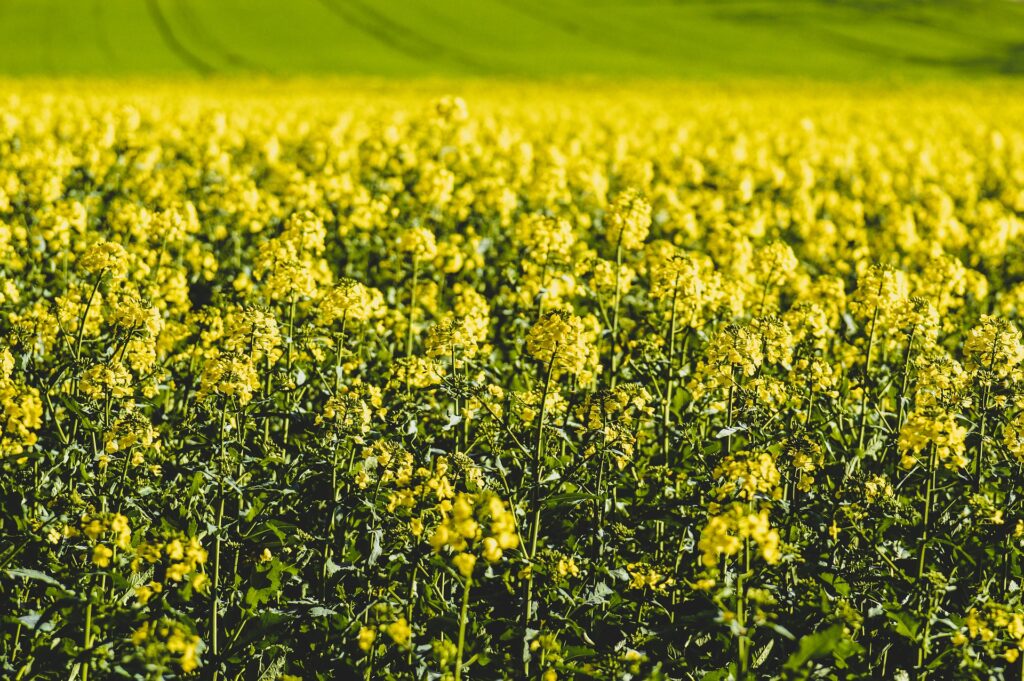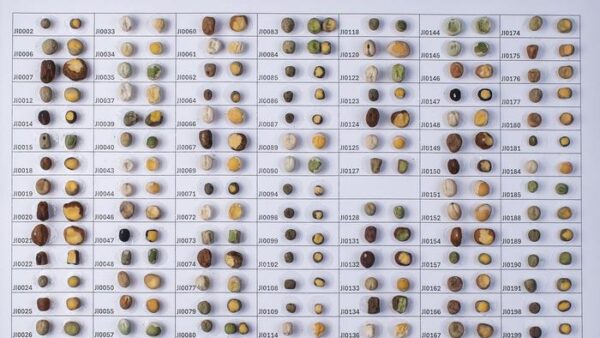In-field cameras have revealed surprising predators of two major oilseed rape pests, potentially improving pest control strategies. The two-year camera study, conducted across two UK sites, showed that the larval stages of predatory Carabid beetles play a key role in controlling the pollen beetle (Brassicogethes aeneus) and the brassica pod midge (Dasineura brassicae), two major threats to oilseed rape crops.
While ecologists have long used camera traps for wildlife studies, their use in monitoring invertebrates is a more recent development. Traditionally, pitfall traps have been the preferred method for studying predatory arthropods. However, these new findings suggest that pitfall traps often miss large numbers of predatory beetle larvae, leading to an underestimation of their role in natural pest control, according to a press release.
“Recognising the importance of predatory beetle larvae in natural pest control, farmers could adopt conservation biocontrol strategies that enhance the presence of these beneficial arthropods,” said Dr. Sam Cook, who led the research team. “Adjusting farming practices to support these natural predators may reduce the need for synthetic chemical pesticides, improving sustainability and biodiversity in agricultural landscapes.”
The study also showed differing activity patterns depending on the time of day.
Predators of pollen beetle larvae were notably more active at night than in the morning or afternoon, with significant activity also observed at dusk and dawn. This trend was consistent across both years of data, suggesting a general preference for nocturnal activity among most predators, although some showed a diurnal rhythm. The highest numbers of pollen beetle larvae fell at dusk, while brassica pod midge larvae were most likely to drop at dawn.
With European oilseed rape yields constantly threatened by pests, this research offers new hope for more sustainable farming practices. Promoting predatory beetle larvae populations could provide a cost-effective, ecologically responsible way to protect crops while supporting the survival of key predator species.
“These findings highlight the potential of cameras as powerful tools for ecological research,” said Cook. “As farming continues to seek greener solutions, this innovative approach could contribute to improved pest management rooted in nature’s own defences.”
Related Rothamsted study on use of cameras in predator-prey research can be found here.













